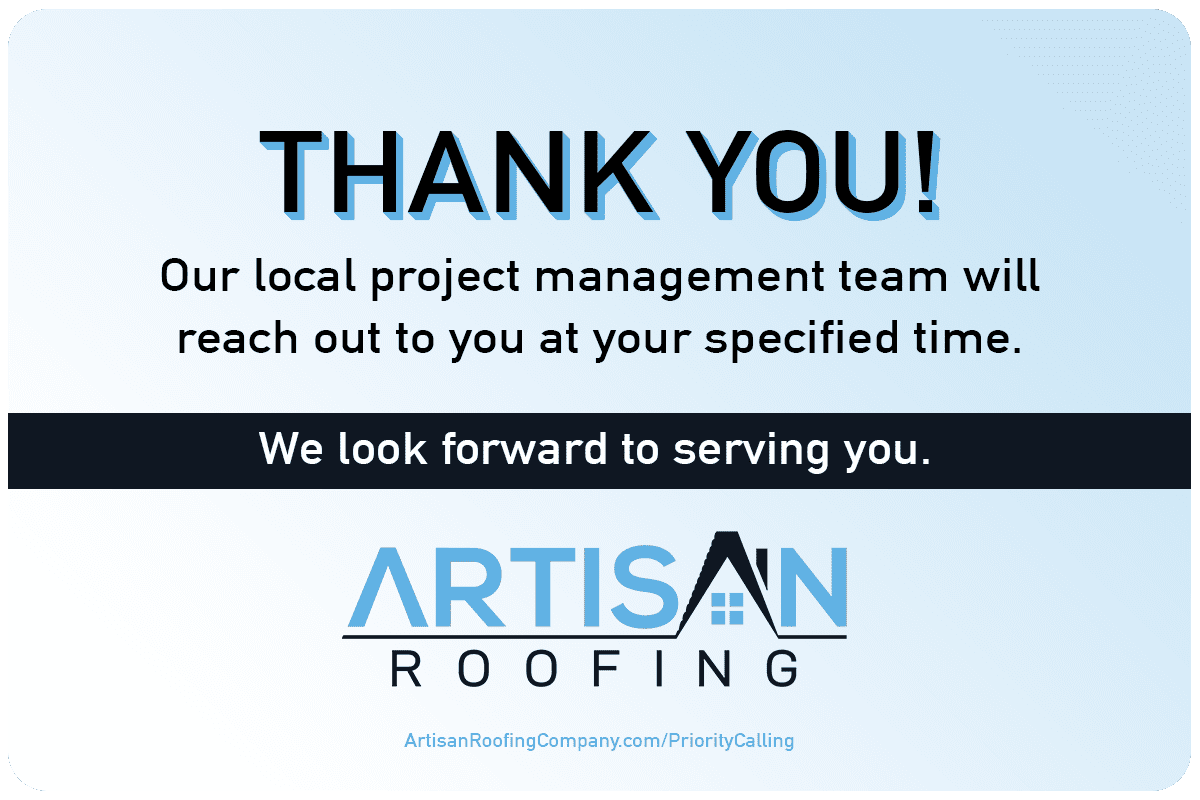When it comes to home maintenance, one area that often goes overlooked is the gutters. These unassuming troughs along the edge of your roof play a crucial role in protecting your home from water damage. Gutters are responsible for directing rainwater away from your foundation and preventing costly problems like basement flooding and structural damage. But how do you know when it’s time to replace your gutters? In this blog post, we’ll explore some key signs that indicate you may need new gutters for your home.
1. Visible Damage
One of the most obvious signs that it’s time for gutter replacement is visible damage. Inspect your gutters regularly, especially after severe weather events. Look for cracks, holes, rust, or areas where the gutters may be pulling away from the house. These are all indications that your gutters are no longer doing their job effectively.
2. Overflowing Gutters
If you notice water overflowing from your gutters during a rainstorm, it’s a clear sign that something is amiss. This could be due to a blockage caused by leaves, debris, or even small animals building nests in your gutters. However, if your gutters are clean and still overflowing, it may be a sign of sagging or improperly pitched gutters, which should be replaced to prevent further damage.
3. Peeling Paint or Rust
Peeling paint or rust on your gutters is not only unsightly but also indicative of underlying issues. Paint peeling from your gutters may suggest water damage or improper drainage. Rust can weaken the structure of your gutters, making them more susceptible to leaks and holes. If you notice either of these problems, it’s time to consider gutter replacement.
4. Water Damage to Siding or Foundation
Water stains or damage on the exterior of your home, particularly on the siding or near the foundation, can be a red flag. This indicates that water is not properly flowing through your gutters and is instead causing damage to your home. If left unaddressed, this can lead to more extensive and costly repairs down the line.
5. Gutter Separation
Gutters are typically installed in sections, and over time, these sections may start to separate. If you notice gaps or misalignments between gutter segments, it’s a sign that your gutters are no longer structurally sound. These separations can lead to leaks and water overflow, so it’s essential to address them promptly.
6. Mold or Mildew Growth
Excessive moisture in and around your home can create the perfect conditions for mold and mildew to thrive. If you notice mold or mildew growth on the exterior walls near your gutters or even inside your home, it could be a sign that your gutters are failing to channel water away effectively. Mold and mildew not only pose health risks but can also cause structural damage to your home.
7. Cracked Foundation
Perhaps one of the most serious consequences of gutter problems is a cracked or compromised foundation. When gutters fail to divert water away from your home, it can accumulate near the foundation, leading to shifts and cracks in the concrete. Foundation repairs are expensive and disruptive, so it’s crucial to address gutter issues before they escalate to this point.
8. Age of Gutters
Even if your gutters appear to be in good condition, it’s essential to consider their age. Most gutters have a lifespan of 20 to 30 years, depending on the material and maintenance. If your gutters are nearing the end of their expected lifespan, it’s a good idea to start planning for replacement to avoid unexpected problems.
Your gutters are a vital part of your home’s protection system, and it’s essential to keep them in good working order. Regular inspections and maintenance can help prolong their lifespan, but when signs of damage or inefficiency emerge, it’s best not to delay. Addressing gutter issues promptly can save you from costly repairs and protect the integrity of your home. If you notice any of the signs mentioned above, it’s time to consult with a professional gutter contractor to assess whether gutter replacement is necessary for your home’s well-being.

